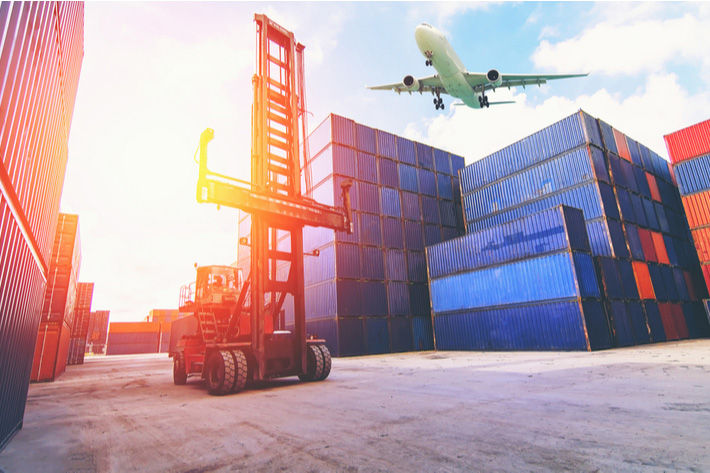
The association pointed out that about 4,000 enterprises are providing logistics services in the country, 97 per cent of which were micro, small and medium enterprises (MSMEs).
However, service quality, capital, information technology application, digital transformation and human resources remained limited.
Logistics costs were pushed up by high road transport costs, seaport surcharges and limitations on seaport infrastructure, Tran Duc Nghia from the association said.
For example, the fee to transport a container from Hai Phong to Ho Chi Minh City by sea is around VND 5-7 million compared to VND 30 million by road.
Logistics services in Vietnam were largely dependent on road transportation, which accounts for nearly 80 per cent of the logistics movement, while railway, waterway and airway make up for the rest.
According to the association, about 90 per cent of companies operating in logistics in the country are domestic, but held a modest market share of 30 per cent, while foreign ones still dominate.
Nghia said that in the short term, the logistics industry needs to strengthen the ability to adapt to risks in the supply chain and accelerate the process of digital transformation and applying information technology, according to Vietnamese media reports.
In the long term, it is necessary to improve the legal framework to create favourable conditions for the development of the logistics industry while promoting multi-model and cross-border transport and low-cost transport.
Nghia urged Vietnamese firms to participate in the global value chain to gain experience, adding that Vietnam had significant advantages in promoting production, export and logistics services, given the country’s position in the region’s dynamic development area.
Fibre2Fashion News Desk (DS)